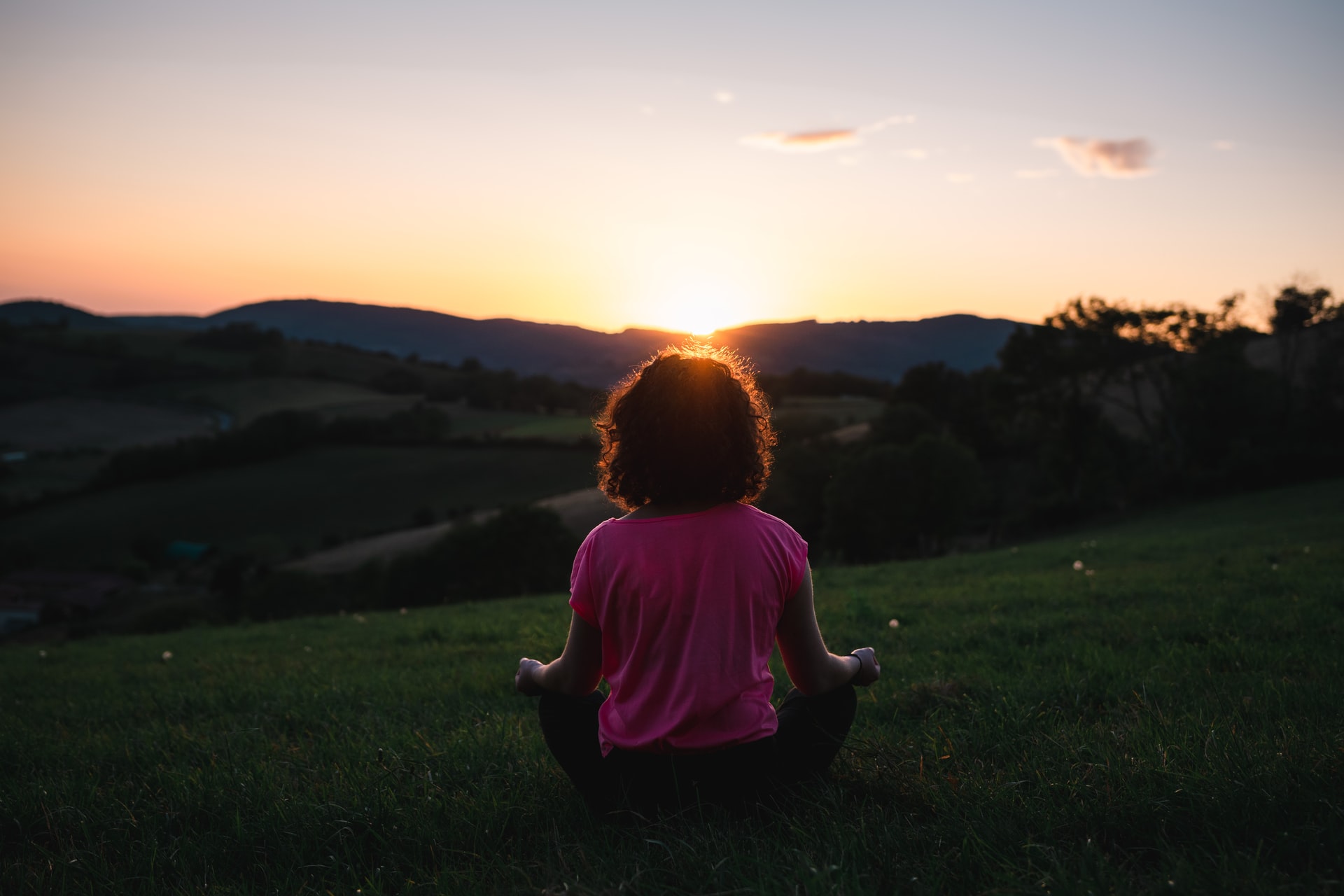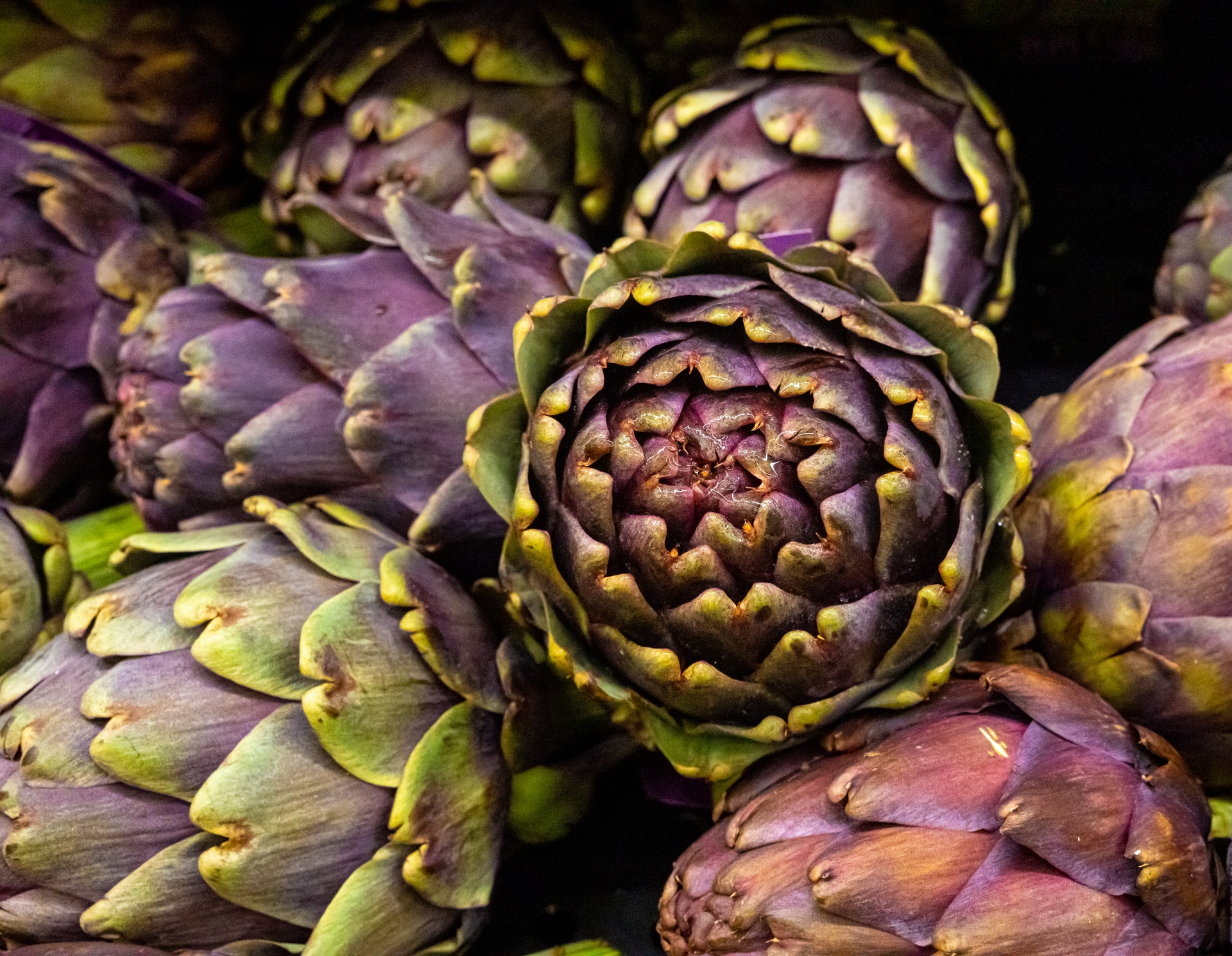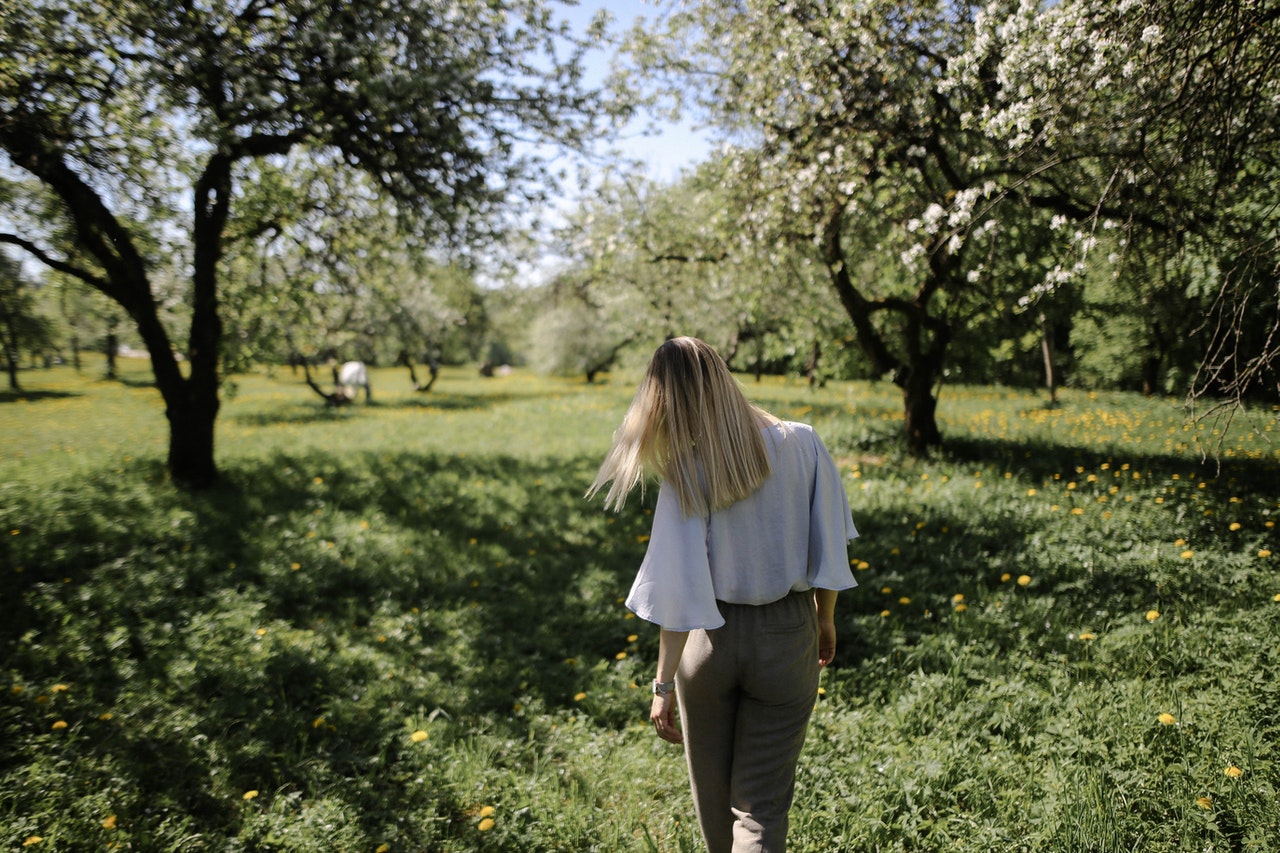Follow Us!
Two Locations To Serve You
- Acupuncture of Morris County45 Pine Street
Suite 7
Rockaway, NJ 07866973-453-6400 is under repair
Please call 201-690-6696 to contact our new office. - Sign up to receive news and updates and get my free report:“The Top 10 Reasons to Try Acupuncture”

- Testimonials
I have suffered from seasonal allergies for almost 20 years. Each year they would progressively get worse- causing severe congestion, sneezing, puffy eyes, headaches, and often a rash. This would continue throughout the spring allergy season, and no pill or home remedy I tried ever really provided relief.
I started seeing David for acupuncture to treat my migraine headaches, and since that had been so successful, I decided to try it for treating my allergy symptoms as well. I was
... Read more »After injuring my left shoulder, I had several months of physical therapy. I regained *almost* full usage of my shoulder and continued with physical therapy exercises on my own, but had to stop. Then the shoulder pain got much worse. I saw an orthopedic surgeon and was diagnosed with a frozen shoulder. Before trying a cortisone shot, I wanted to better understand the alternatives. I recalled how a friend had been helped by David and decided to give acupuncture a
... Read more »After years of suffering with severe pain in the neck, back and down my entire right arm, I was diagnosed with spinal stenosis and disc degeneration of my cervical spine. I had tried chiropractic, massage and had even undergone spinal injections to try to remedy the condition just to get some relief. Nothing had positive results. As an athlete and body builder, this constant nagging pain not only made being active very difficult, but day to day activities were also a
... Read more »I suffered with tinnitus and anxiety about it for a couple of years. I tried all the magic pills and sound machines (to mask the ringing) to no avail. My doctor told me nothing could be done and that I had to learn to live with it. When I got that bad news my anxiety levels went through the roof. The online forums on tinnitus didn’t help matters with their less than rosy outlook on the condition.
Then
... Read more »After playing a lot of golf in Florida this past winter, I suffered from “tennis elbow” of my left arm, which, unfortunately, has “cramped my style” and also has prevented me from playing golf this spring and summer. Apparently, “tennis elbow” isn’t just an overuse injury caused by playing tennis; it’s common to golfers, and it involves strained inflamed outer elbow tendons. Upon my return to NJ, basic arm movements such as being able to wring out a towel or
... Read more » Hours – Morris County
MonClosedTue10:00am-6:00pmWedClosedThu10:00am-6:00pmFriClosedSatClosedSunClosedBy appointment only. Please call our office if you need help scheduling.
Hours – Park Ridge
Mon10:00am-6:00pmTueClosedWed10:00am-6:00pmThuClosedFri10:00am-6:00pmSatClosedSunClosedBy appointment only. Please call our office if you need help scheduling.
-
Latest Articles:
- • Add These 10 Immune-Boosting Foods to Your Fall Diet •
- • Keep Your Skin Healthy and Glowing with these Fall Skincare Tips •
- • Beat End of Year Burnout with these Fall Self-Care Rituals •
-
Recent Posts
Health WellNews
3 Tips for Healthy Summer Fun
Summer is here and it’s time to get out and enjoy the warm weather. But it’s also important to stay safe and healthy so here are three tips to help you stay healthy while enjoying these longer days.

The first tip is to get up and move! Now that it stays lighter into the evening hours, make sure you can get outside and move. This is especially important if you have a job where you sit most of the day. The Centers for Disease Control and Prevention recommends at least 150 minutes of aerobic physical activity every week. This increase in action has immediate benefits like better sleep and reduced stress and anxiety.
The second tip is to protect your skin by using proper sunscreen and taking care of your skin throughout the summer months. The most natural way to protect your skin is to cover up when out in the sun. This includes long sleeve sun guards, hats, sunglasses, and bathing suit coverups. Using an SPF sunscreen is also important, as is building up your exposure slowly, especially if you live most of the year in a cold climate.
The third tip is to add more delicious summer fruits and veggies to your diet. You may have heard of “eating the rainbow,” which means eating foods that are each color of the rainbow regularly. Another suggestion is to make half of your plate veggies. This is easier to do in the summer when there are so many delicious fruits and vegetables that are in season and easily available.
And a bonus tip is to make sure you stay hydrated! If you are going to be spending the day out and about in the heat (especially if you are exercising or otherwise exerting yourself) you should boost your water intake. It’s recommended to add 12 ounces of water for every 30 minutes you spend in the heat sweating.
Use these tips to make the most of this time of year where the days are longer and warmer than usual, and you can get out and enjoy the fresh air and sunshine. Your body will appreciate the Vitamin D, exercise, and heathy eating!
A Taste of Summer
Summer brings with it a variety of vegetables and fruits that aren’t available during the rest of the year. Two of the most abundant ingredients are tomatoes and zucchini. Here’s a great recipe that combines both for a dish you can make at home or share at a summer BBQ. This zucchini and tomato bake only takes minutes to prep and can help you use those vegetables before they spoil.

The ingredient list is simple:
- 3 medium zucchinis, chopped
- 1 pint of cherry tomatoes, halved) If you want to really be fancy, use the multi-colored tomatoes
- 2 cloves of minced garlic
- Extra-virgin olive oil for a final drizzle
- Kosher salt and freshly ground black pepper
- 1/3 cup of freshly grated parmesan cheese
- 2 tablespoons of basil, torn for garnish
And putting this dish together is quick and simple. Preheat your oven to 350 degrees. In a large bowl, combine the chopped zucchini, halved tomatoes, garlic, olive oil drizzle, salt and pepper to taste and mix everything until it is well combined. Pour vegetables in a small baking dish and sprinkle with parmesan. Bake 35 minutes until golden brown and delicious! Add the basil garnish and serve.
Don’t let summer pass without making this dish that combines two of summer’s greatest culinary gifts.
Spring Cleaning the Mind: Meditation in this New Season
Many people have issues “turning off their brain” to go to sleep or even just to relax. And for others this inability to “quiet the mind” can bring its own set of stress and anxiety. It might seem like an impossible task for some, but the steps to begin a regular meditation habit are simple and easy to attain.

Even mainstream medical practitioners recognize the positive impact of meditation, a type of mind-body medicine that has been practiced for thousands of years. It doesn’t have to be complicated to get started. It’s as simple as finding a quiet room, a comfortable position, focused attention, and an open attitude. And one of the best tips might not be something you have even considered before: don’t try so hard.
There are many helpful apps, programs, and websites that can help you begin but the main thing you want to do is don’t set your expectations super high as you begin. Set a goal and go with it. For example, better sleep, reduced anxiety, or stress relief. And don’t be afraid to try different methods of meditation until you find one you are comfortable with.
After setting your goal or intention as it is sometimes called, create a space that is comfortable and free of distractions and noise. Some people like to keep things minimalist while others like to add things that make them comfortable or bring joy (like candles, plants essential oils, or special lighting). If you are using a guided meditation app or program, you might consider using earbuds to cut out the distractions and noise.
Now that you have set a goal and created a space, the next tip is to make your meditation a daily routine. Just like finding daily time to exercise, setting a time to meditate helps ensure you will make it a habit. For some, this might mean meditating first thing in the morning before the day begins. For others, meditating nightly before bed helps quiet the mind for better sleep.
No matter what meditation method you choose, just beginning the journey is a step in the right direction. Meditation can help both your mental and physical health so developing a consistent practice is the key to success. Just get started and be open to where the path takes you!
Enjoying a Taste of Spring
After the soups and comfort foods of fall and winter, it’s time to enjoy the harvest of Spring vegetables. Nothing heralds the arrival of Spring and warmer temperatures like a nice Spring Harvest Salad. Depending on where you live, these vegetables may vary a bit in their arrival time but adjust the ingredients and ratios to your preferences.

Spring leaf lettuce (and some other varieties depending on where you live) can be plentiful this time of year so enjoy this early harvest of greens and mix and match to your taste buds. Spinach is also a great addition to any salad and packs a great nutritional punch. Spring onions are also plentiful this time of year as they are one of the first vegetables ready to harvest in early Spring.
This salad begins with spring leaf lettuce, spinach, and if you like that peppery bite, a bit of arugula. Artichokes are also in season in the spring so adding those delicious hearts is a great option. Throw in some sliced strawberries and some of those spring onions and you have the base to a beautiful salad!
Dressings can vary by preference as some want to keep the flavors as the star but here is a simple dressing for this amazing salad.
- 4 teaspoons of lemon juice
- 2 ½ teaspoons of olive oil
- 1 tablespoon of balsamic vinegar
- 1 ½ teaspoons of Dijon mustard
- Pinch of salt and pepper
Adding a bit of feta cheese and some sliced toasted almonds takes this salad over the top. Bon Appetite!
Clearing the Wind: Dealing with the Seasonal Allergies of Spring
Spring is a beautiful rebirth after a sometimes long, cold, and harsh winter. However, if you suffer from seasonal allergies, you know that this rebirth of Spring brings with it a release of pollen that can trigger hay fever. As plants, trees, grasses, and weeds begin to release their pollen, millions of people begin to sneeze and sniffle.

Symptoms include a stuffy nose, itchy eyes, nose, and throat, coughing, and nasal congestion. What happens is the body detects the pollen in the system and thinks it needs to attack this foreign substance. Histamines get released into the body and the war of seasonal allergies begins.
Over-counter-medications are often the first line of defense but can bring additional side effects and they treat the symptom but not the root cause. Clinical research demonstrates the effectiveness of acupuncture in treating seasonal allergies. Specific treatment points differ according to a person’s symptoms but common points that might be addressed include L120, ST2, and ST36 to deal with Qi deficiencies to get to the root of the problem. If you are sensitive to prescription medications, acupuncture is a great drug-free option to help relieve the symptoms of seasonal Spring allergies.
In addition to acupuncture treatments, there are other steps you can take to minimize your symptoms.
- Do a spring cleaning and clean out particularly dusty or moldy areas of your home like air vents, basements, and attics.
- Stick to indoor activities to minimize pollen exposure
- Keep doors and windows closed.
- Take a shower to rinse off pollen after outdoor activities.
The root cause of allergies is different for everyone. Another popular and helpful option to explore with an acupuncturist or Traditional Chinese Medicine practitioner is adding herbal formulas to your treatment plan as this can greatly increase the efficacy of the treatments. Adding herbal formulas along with the traditional needle treatment can be an effective one-two punch for treating seasonal Spring allergies.

